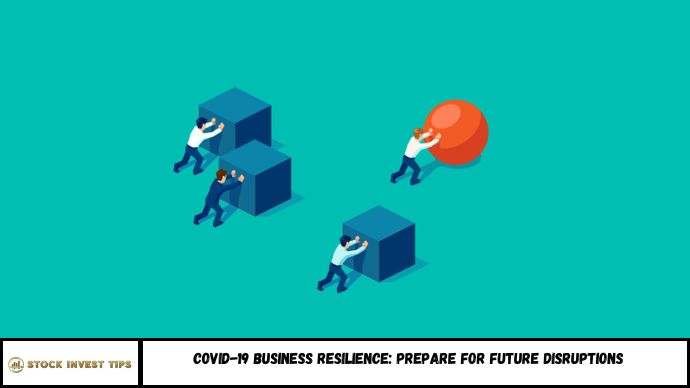COVID-19 business resilience is no longer optional—it’s essential. This article explores how businesses can future-proof operations, maintain continuity, and adapt to disruptions using strategic planning, digital tools, and agile frameworks. Learn practical, scalable tactics supported by current data to strengthen your company against future global or local crises.
Introduction: Could Your Business Survive the Next Crisis?
In early 2020, businesses around the globe were blindsided by COVID-19. Some shut down permanently. Others barely survived. But a select few adapted quickly, showing remarkable resilience.
What made the difference?
Businesses that embraced adaptability, technology, and strategic foresight managed to weather the storm—and even grow. As new variants, economic shifts, and supply chain threats continue to emerge, the need to prepare for future disruptions is more urgent than ever.
In this article, we’ll break down:
- What COVID-19 taught us about business continuity
- Key elements of a resilient business model
- How to implement long-term solutions for disruption readiness
1. Lessons Learned From the COVID-19 Business Impact
COVID-19 exposed deep vulnerabilities in global commerce. According to a 2024 McKinsey report, 43% of small businesses cited supply chain disruption as their top concern during the pandemic.
Key vulnerabilities identified:
- Lack of remote work infrastructure
- Fragile supply chains with single-source suppliers
- Poor cash flow planning
- Low digital adoption
Lesson: Businesses must anticipate change rather than react to it.
2. Core Pillars of a Resilient Business Strategy
a. Diversify Supply Chains
- Work with multiple suppliers across regions
- Use local vendors to reduce international dependency
- Regularly assess supplier risk profiles
b. Invest in Digital Transformation
- Cloud-based tools enable remote operations
- AI and automation can streamline customer service and logistics
- Cybersecurity must be a top priority
Stat: Gartner reports 69% of boards accelerated digital business initiatives post-pandemic.
c. Build Financial Resilience
- Create a minimum 6-month emergency fund
- Use rolling forecasts instead of static budgets
- Explore revenue diversification through digital products or services
3. Adapt Your Workforce for Agility
Flexible Work Models
- Hybrid setups improve employee satisfaction and productivity
- Remote tools like Slack, Zoom, and Trello enable collaboration
Upskilling and Cross-Training
- Prepare employees to take on multiple roles
- Promote internal mobility to avoid hiring freezes during crises
4. Scenario Planning and Risk Management
Scenario planning isn’t just for large enterprises. It enables you to prepare for:
- Pandemics
- Natural disasters
- Economic downturns
- Cyberattacks
Simple Steps to Start:
- Identify high-impact, low-probability risks
- Create response playbooks
- Conduct annual stress-testing and drills
5. Enhance Customer Communication & Trust
During disruptions, clear, timely communication builds loyalty.
Tips:
- Automate email and SMS updates
- Be transparent about service or delivery delays
- Offer flexible payment plans or return policies
Fact: A Salesforce survey found 91% of customers are more likely to buy again after a positive service experience during a crisis.
6. Leverage Government & Financial Relief Programs
Stay updated on:
- Small business grants
- Emergency loans
- Tax deferments
- Wage subsidy programs
Sign up for alerts from your local chamber of commerce or small business administration to respond quickly to new opportunities.
FAQ
1. What is business resilience in the context of COVID-19?
It’s a business’s ability to adapt, survive, and thrive during and after disruptions like pandemics.
2. How can I prepare my small business for future pandemics?
By diversifying income, investing in digital tools, and creating risk mitigation plans.
3. What are the biggest post-COVID challenges for businesses?
Supply chain instability, remote workforce management, and financial recovery.
4. Is remote work still a viable long-term strategy?
Yes—hybrid models have been proven to boost productivity and reduce costs.
5. Why is scenario planning important?
It helps businesses anticipate risks and build proactive response strategies.
6. How do I build a resilient company culture?
Promote transparency, flexibility, and ongoing learning to support change readiness.
Conclusion
COVID-19 changed the world, but it also taught us how to future-proof businesses. Those who act now—by implementing digital tools, revisiting financial plans, and building flexible teams—will not only survive but thrive during future disruptions.

